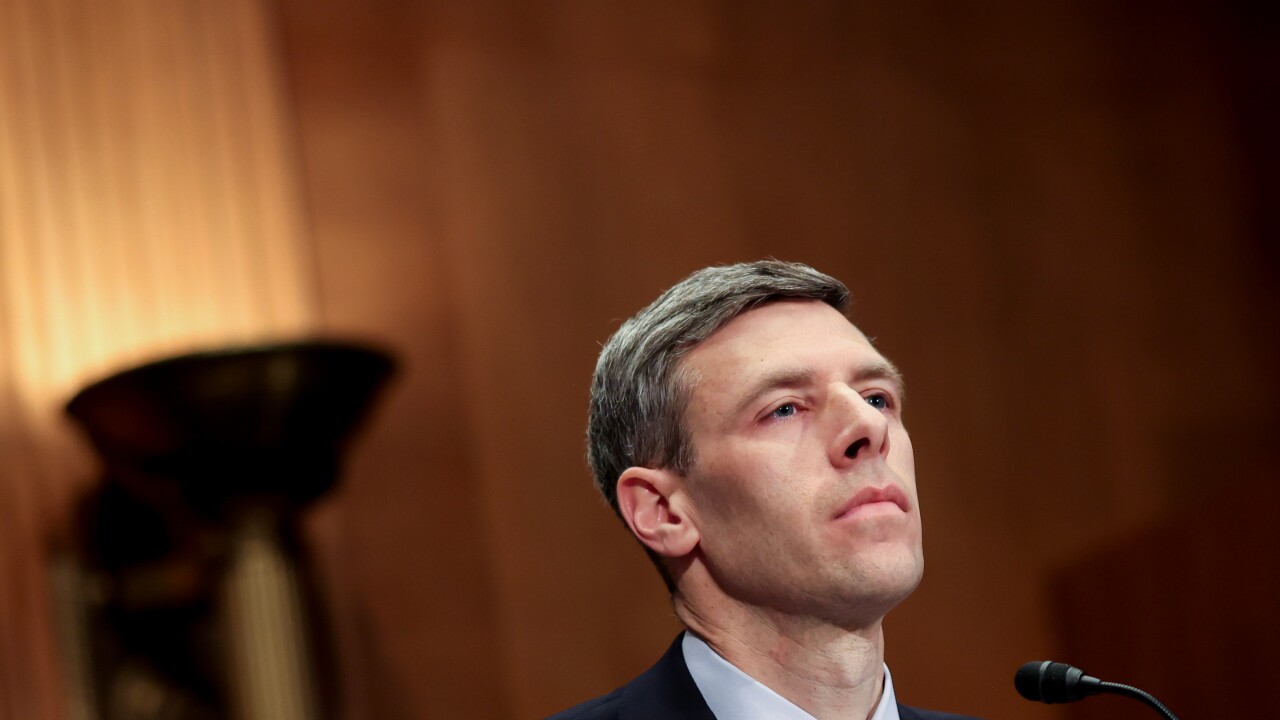Fraudsters are continuing to take advantage of the COVID-19 pandemic to exploit online shopping, curbside delivery and unemployment, according to Visa.
In Visa’s newly released biannual
“The flurry of physical store merchants creating online storefronts with third-party help and adding curbside delivery created a new vector for these threat actors,” said David Capezza, senior director of payment systems intelligence at Visa. “It’s as if an invitation was sent out for these actors [the criminals] to take advantage of these new merchant activities that were not present before the pandemic."
Capezza highlighted one activity, called enumeration attacks, that targets merchants going online for the first time. In such an attack, the fraudster will attempt to use a payment card knowing only partial details such as the account number. The fraudster will attempt to make multiple purchases using a

Once a scammer has successfully made a purchase through an enumeration attack, they use the full account data to attempt to drain the account with more fraudulent purchases.
“If a merchant doesn’t have velocity checks, CAPTCHA tools, or other fraud mitigation measures in place, then these attacks can occur at an unabated level," said Capezza. “The threat actors will just use an automated bot to make thousands of guesses until they figure out the full card details. We’ve developed some machine learning tools to help Visa clients to help identify enumeration fraud.”
Visa noted that
When scammers fraudulently apply for unemployment insurance and are approved, they load the funds to a prepaid card or a virtual payment account.
Data from the
Puerto Rico recorded the highest level of unemployment insurance fraud in the nation at 20.96% for 2020, up seventeenfold from the 1.22% level recorded in 2019. Arizona, which had been the leader in unemployment insurance fraud since 2018, fell to sixth place, despite reaching almost 10% of all unemployment dollars paid out ending up in criminal hands. South Carolina and Tennessee saw their fraud rates more than double, while Alabama saw its rate grow nine-fold from 1.4% in 2019 to over 13%.
In a





